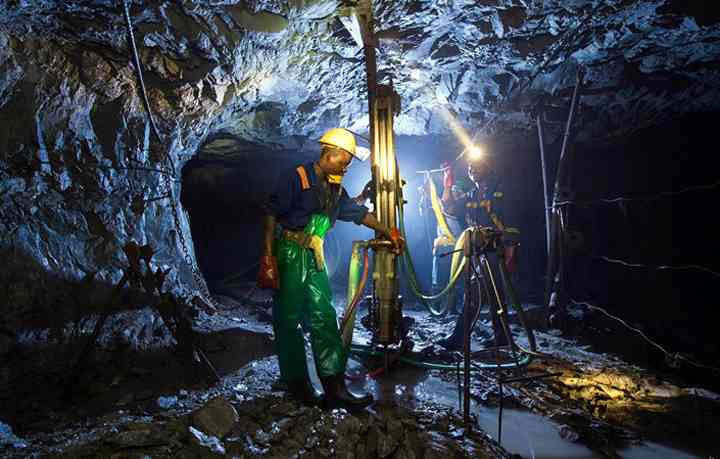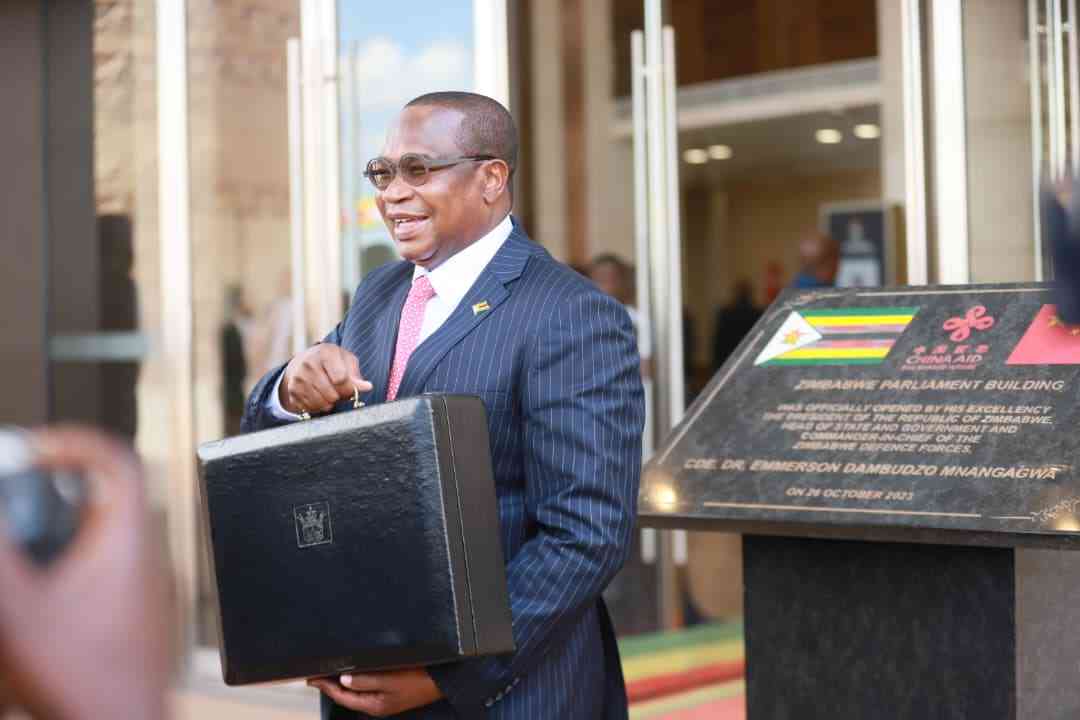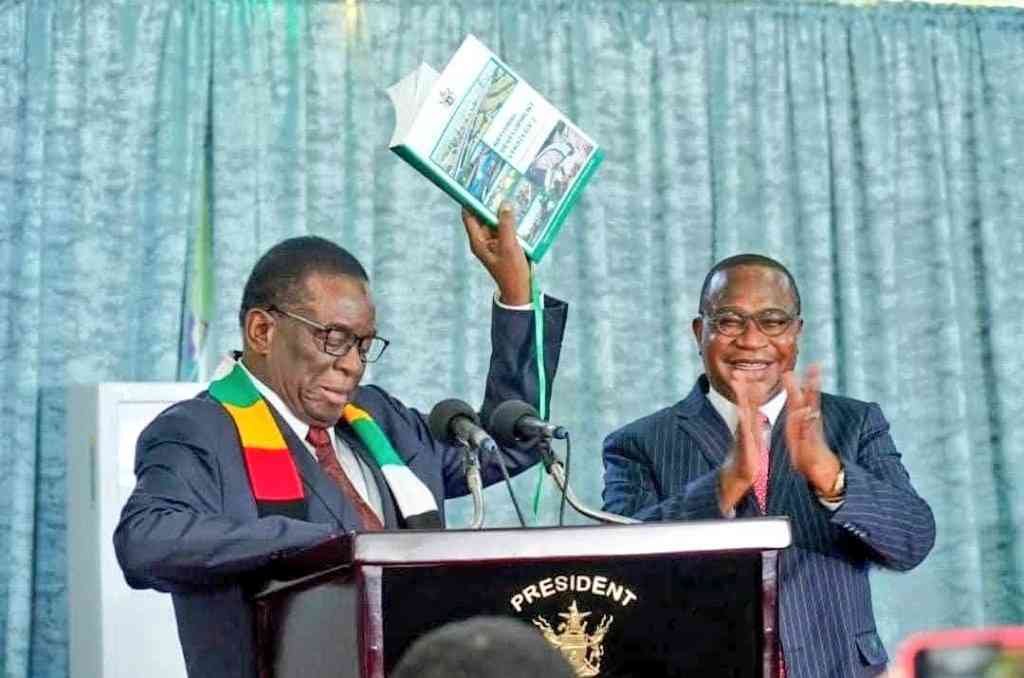
ZIMBABWE’S mining sector, the backbone of its economy, shed a staggering 1 216 jobs in 2024 — a 314% surge from the 294 layoffs recorded the previous year — as economic headwinds battered the country’s biggest foreign currency earner, official data showed Thursday.
The mass job losses, detailed in a new report released at the opening of the 2025 mining conference in Victoria Falls, paint a grim picture of an industry under siege from multiple fronts — ranging from crippling power outages to weak global commodity prices and suffocating foreign currency shortages.
It is the latest sign demonstrating how a brutal economic crisis being glossed over by authorities has escalated, turning once vibrant industries upside down.
Across sectors, reports of a shocking strain have increased, with over 1 000 workers losing jobs in a retail sector crippled by blazing liquidity shortages.
“For the year 2024, the (industry) recorded 1 216 retrenchments,” the Chamber of Mines of Zimbabwe (CoMZ) said.
“As at December 31, 2024, records showed that at least 49 160 workers were employed in the mining industry, with a vast, but unknown number of unregistered...workers also operating largely in gold mining,” the CoMZ said.
“Generally, there was a decrease in the number of people employed within the mining industry due to retrenchments by various mines.”
Reports of power outages averaging eight hours per day were common during the period, according to the chamber.
- Mavhunga puts DeMbare into Chibuku quarterfinals
- Bulls to charge into Zimbabwe gold stocks
- Ndiraya concerned as goals dry up
- Letters: How solar power is transforming African farms
Keep Reading
Some miners reported blackouts stretching up to 18 hours a day. A total of 69 mines retrenched staff last year, compared to 42 in 2023, as the cost of doing business became increasingly unsustainable. The CoMZ more than 500 000 artisanal and small-scale miners were employed in the sector during the period.
“Generally, there was a decrease in the number of people employed within the mining industry due to retrenchments by various mines,” the report noted.
The retrenchment bloodbath came as 54 companies applied to the National Employment Council for exemptions from paying the minimum wage. Six of those were rejected.
Power woes were central to the downturn. To cushion operations, some mines turned to alternative energy solutions, including solar systems and diesel generators. The CoMZ partnered with firms such as SolarCentury Africa, Grid Africa, GEnergy, and Matobo Energy to identify more reliable off-grid solutions.
“Most of these potential suppliers required off-take agreements to make their projects bankable,” the chamber said. “The Intensive Energy User Group also assisted some companies to import power directly from the region at competitive tariffs.”
While these efforts brought relief to some, the mining industry continued to reel under one of the world’s highest electricity tariffs for exporters — pegged wholly in foreign currency. The general tariff remained at USc14,21/kWh, while ferrochrome producers were granted a concessionary USc8/kWh rate — on condition that they develop their own power facilities within two years.
Despite the turbulence, the sector posted modest gains. Most key minerals recorded output increases in 2024 as producers ramped up volumes to offset price shocks. The largest production increases came from gold, platinum group metals (PGMs), and chrome ore. Lithium and phosphate, however, saw declines. Mineral exports grew by 9% to reach US$5,9 billion, buoyed by a 37% surge in gold shipments, which alone generated US$2,5 billion. In total, mineral exports accounted for 75% of Zimbabwe’s export earnings last year.
The report forecast further growth in 2025, with exports expected to surpass US$6 billion, driven by production increases and a modest rebound in global prices. The sector is targeting US$429 million in fresh investments this year to sustain the recovery momentum.
Capacity utilisation remained stable at 84% in 2024 — the same level as the previous year. Notable increases were seen in gold, chrome, and diamond operations. However, coal production slipped amid mounting constraints.
“Factors that constrained full capacity utilisation in some mineral subsectors included electricity outages, foreign exchange shortfalls, capital shortages and high operating costs,” the CoMZ noted.
In 2025, the sector expects capacity utilisation to rise to 90%, spurred by expansion plans across all mineral groups.
Despite these efforts, structural problems remain. The mining industry continues to lack diversification, with gold, PGMs and lithium accounting for 75% of mineral exports in 2023, and the top three minerals contributing 85% of export revenue in 2024.
“The contribution of mineral exports to the economy has progressively increased from 56% in 2011 to an average of around 78% over the past five years,” the chamber noted.
But behind these figures lies a stark reality — Zimbabwe’s mining sector, though still lucrative, is fraying under pressure. And as the economy stutters, with retail, manufacturing and agriculture also in decline,the job losses in mining could signal more pain ahead.










